Spoilers through all of Season 6 of Game of Thrones.
In Game of Thrones, the Season 1 death of Ned Stark and the Season 3 death of Robb Stark are supposed to be the ultimate subversion of the hero trope: Our Noble Man gets his head chopped off on the whim of a child, and His Even Nobler Son gets his chest ventilated by his turnclock bannerman. These deaths, along with so many others, are sometimes interpreted as sending a message to the audience: no one is safe.
But is that really true? I know one of the complaints I have occasionally seen about the show is that some of that sense of stakes has gone away: certain characters (*cough* Jon Snow *cough*) seem like they are invincible (*cough* Arya Stark *cough*), surviving in seemingly implausible ways. So what gives? Did George R.R. Martin go all soft on us? Did Weiss and Beinioff lose their nerve when the time came to go off-book?
No! It’s just Chekov’s Gun in action. Chekov’s Gun is the playwright Anton Chekov’s well-known argument about story-telling:
“If you say in the first chapter that there is a rifle hanging on the wall, in the second or third chapter it absolutely must go off. If it’s not going to be fired, it shouldn’t be hanging there.”
The Gun is a reflection of the fact that stories necessarily require editing. You’re telling this story, when you could be telling literally any other story; and as you tell that story, you’re choosing to include these details, while omitting others. That means the stories you choose to tell, and the details you choose to include in them, should be there for a reason.
The Gun isn’t a law – the concept of a “red herring” is a detail that looks important, but turns out to be just a way of throwing the audience off the trail. Sometimes a Gun might be included so that the trope can be subverted later – perhaps the gun turns out to be a fake, with a little “BANG!”; maybe it’s loaded with blanks; maybe the protagonist is about to shoot the gun, but throws it out the window at the last minute, renouncing violence at long last.
The gun need not be literally “fired” in the later parts of the story – the gun just has to be there for a reason.
And here’s the thing: characters are the ultimate Chekov’s Gun. These people are part of this story for a reason. And this means that until that reason has manifested iteself, that character can’t die. When a work of fiction takes time to pay a lot of attention to a particular character, that character becomes like the gun hanging on the wall – until he or she has been fired, they can’t be killed off.
The invaluable website TV Tropes refers to this as “plot armor” – the powerful force field that protects protagonists from harm. If it’s really true that “no one is safe” in Game of Thrones then plot armor shouldn’t exist – it should be every bit as likely that Jon Snow gets killed by a random arrow as it is for some random extra in the background. But of course, that’s not true – it was pretty clear from the beginning that Arya wasn’t really going to die at the hands of the waif, just as it was clear that Dany wasn’t really going to be raped and murdered by the Khals of the Dothraki.
How then, to explain the death of Ned Stark?
What we have to remember is that when Ned lost his head, his job in the narrative was done. He had his arc, discovering the truth about Joffrey, Tommen and Myrcella’s parentage, making the “honorable” move by telling Cercei, and then getting caught in Littlefinger’s trap. That was his story: the only thing left for him to do was die, and so he did.
To a lesser extent, Robb Stark went the same way – his honor had cost him his Kingdom, and all he had to do was die so that the rest of the story could move on. Those characters weren’t safe because their stories were done – they had played their hand, and lost.
The only reason their deaths were so surprising is because Ned and Robb Stark look like the sorts of heroes that are normally blessed with plot armor – they were strong white male warriors with a noble lineage and an implacable sense of honor. Those guys always make it to the end credits (or at worst, die heroically saving the world in the final minutes).
Contrast that with the characters of Jon, Arya, Dany and Samwell. At the outset of Season 6, where are they in the wide world of Westeros?
That’s right, they are essentially in the four corners of the world: Bran in the northwest, Arya in the northeast, Dany in the Southeast and Samwell in the southwest.
More importantly, those characters are essentially alone in their respective parts of the world – not literally (in the sense that they are hermits), but narratively. The characters they interact with are, by and large, only important in so far as they effect the main character – Daario is only here in this story because he pals around with Danaerys; Jaqen is H’gar only here because of Arya; Gilly because of Sam, etc., etc.
In real life, you can move to the far east and learn martial arts from a master so that you can take revenge on the man who killed your family, and then you can die in a shipwreck on the way home. No tidy arc, no foreshadowing, just random death.
But if you’re telling a story, and the daughter of the noble lord is going to die in a shipwreck before she ever lays eyes on the people who killed him, we don’t bother telling that story at all.
In a big sprawling epic like Game of Thrones, the whole idea is that these characters will all be interacting with each other. We’re not watching an anthology series, where stories can share a universe without connecting narratively. We’re watching a piece of serialized drama, purportedly showing us all of the most interesting moments in a single story. These characters are chosen as focal points because they all matter to each other.
So the geographic locations of these four characters are the most powerful plot armor they could ever hope for. If you’re not hanging out with other main characters, you’re not making stories together, which means your story probably isn’t over yet. The worst thing that can happen to a character on Game of Thrones is to end up in the center of the map: it’s no coincidence that King’s Landing and the Riverlands have been a charnel house for main characters. That’s where people interact with each other, and once you’ve started changing the arcs of other main characters, you’re at risk.
For Bran, Dany and Arya, they literally can’t die until they return to Westeros (or, in the case of Samwell, until he leaves the Citadel). They need to get back to the action if their stories are going to matter.
Think about what would happen if Dany had died at any moment before the Season 6 finale – what would the purpose of her story even been? Why would we have cared about anything that happened in Meereen, a literal world away from all of the other characters that we are interested in. The only purpose to spend all this time showing us how Danaerys became a conqueror is that we know who she is and what’s she’s capable of when she comes back to Westeros and starts conquering people.
Ditto with Arya – no one in the house of Black and White has ever so much as spoken to any of the other characters on the show. So if Arya had actually been killed by the Waif, what in god’s name would we care about anything she had done up to this point.
Samwell may have been vulnerable early in the show – when he was just the first among equals of Jon’s Black Brothers, but as soon as he got on that ship to Oldtown, he was safe as ever: a man of the Night’s Watch sent to Oldtown to become a maester in Season 4 had better actually get to Oldtown at some point along the way. Until he does – and until he does something to make that trip matter – he’s safe.
And finally, we have Bran. He’s been of on his own for a long time, having visions and learning to be the Three Eyed Raven. He just learned that R+L does indeed = J, but at this point it’s just him and the audience that know this crucial fact – he actually has to come back to the world and start telling people about it before that plot line matters. And so until that happens, he’s safe, protected by the mystical force of Plot Armor.
None of this is a complaint, mind you. Plot armor is just part of the nature of story telling, and I never really believed that “no one is safe.” We can subvert tropes strategically sometimes, but at the end of the day, we don’t want our time wasted – we want the elements of the story to actually matter. And for that to happen, our characters need to be interacting with each other, effecting each other’s arc. And while our characters were spread to the four corners of the world, that was impossible, and so they were safe.
The good news for the “no one is safe” crowd is that this geographic plot armor is wearing off fast: Arya is back in the Riverlands, Dany is already speeding towards the Seven Kingdoms, and Samwell and Bran will probably be heading that way before too long. For the time being, they’re guns just sitting on the wall. But eventually, their stories will be over – and then they might be too.
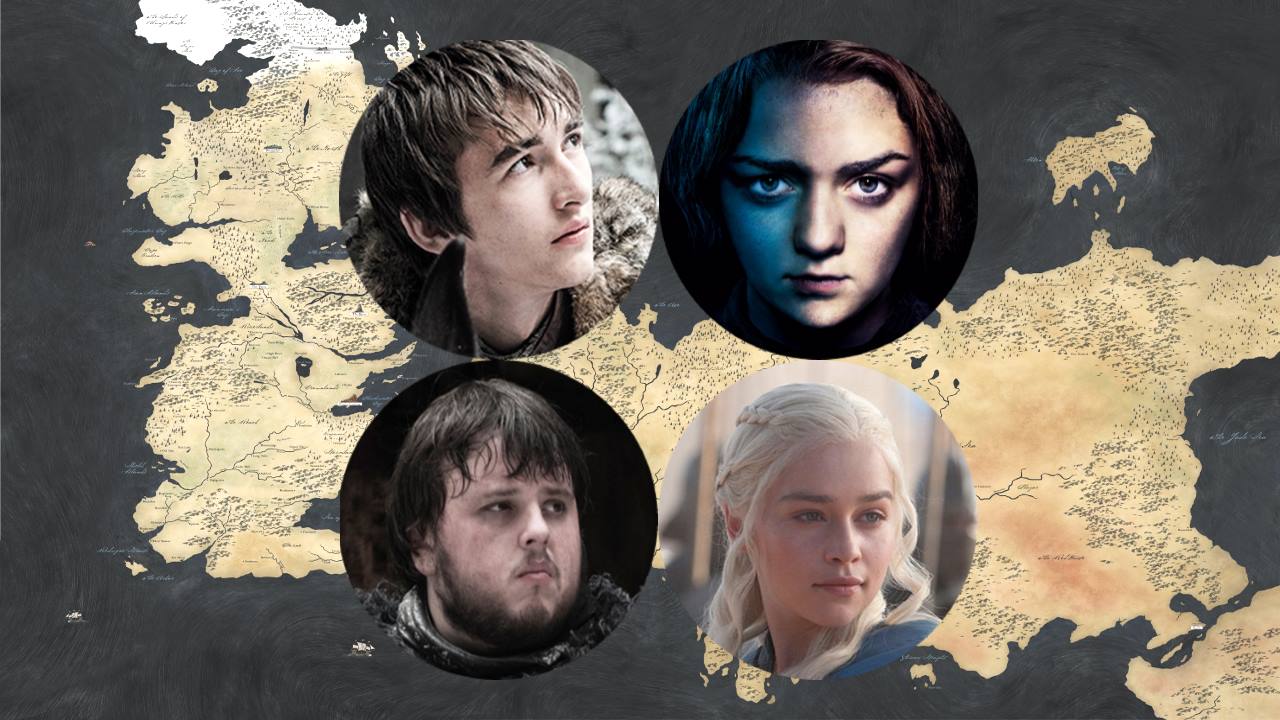
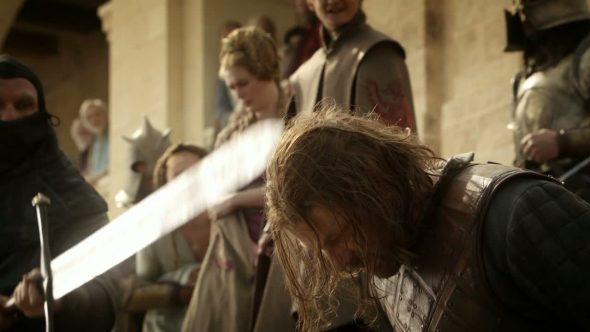
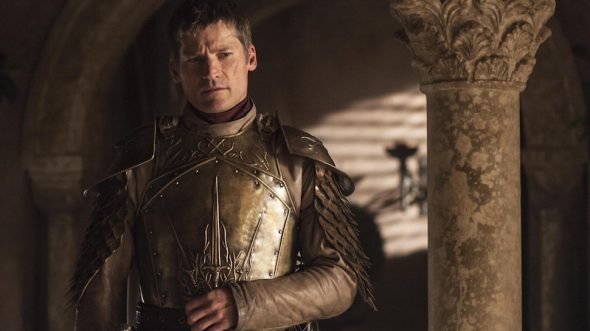
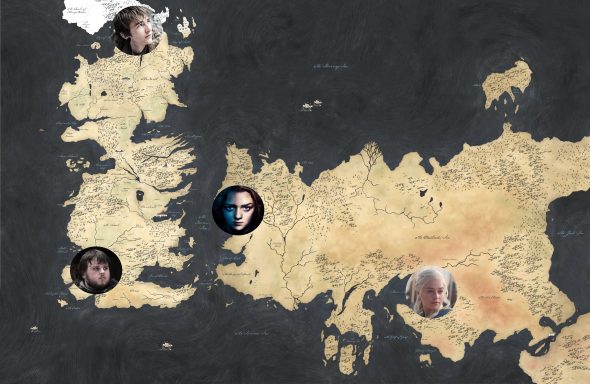
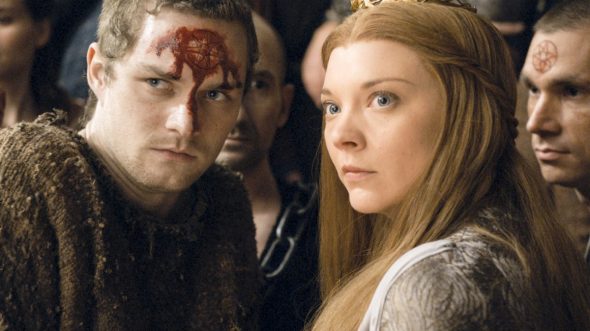
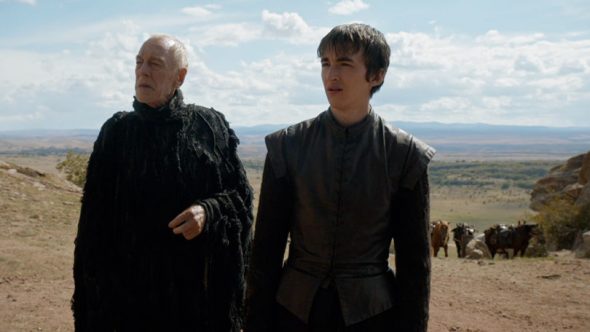
This is something that most people implicitly understand, but you did a great job making explicit how this rule works. My first reaction to this is that you’re certainly right. My second reaction is to rattle this narrative cage and speculate about ways to kill the four characters now without making it so that the audience just feels punked by the backstory. First, the characters aren’t actually alone, and their death could place their sidekick into their shoes. OK, I can’t think of a narratively responsible way of killing Arya. But each of the other three characters, as well as Jon, have companions who live in their narrative shadow. The characters all put something in motion with their sense of purpose, and though it would hurt to see them die, they each have protegees who could push on. I’m not saying it’s gonna happen, I’m pretty sure it won’t, but a good writer could make it work if she wanted. Except with Arya’s story, which better turn less stupid and tedious very soon, because I found myself really annoyed by everything having to do with her.
The other narrative factor constraining everything is that we only have about 14 episodes left – two shortened seasons – and everything needs to work itself out. So we can assume that the major threads where we check in almost weekly all have something to contribute to main game at the narrative climax, which is very soon. It’s one thing to kill Ned Stark at the end of Season 1, because there was story time left for us to care about new people. Now it’s too late to kill unresolved individual-driven plotlines, because you don’t have time to commit to new ones. The game will be played with the pieces that are on the board now, and not some new ones. At this point, the danger is not just about killing characters in whom we’re invested. That’s actually preferable to the ultimate sin, which is giving them nothing to do at the story climax. So if this were real, characters like the Hound and Brianne would almost certainly not do anything very unusual in whatever big showdown is arriving. Most likely, they would die fighting the whatever, and wind up as two corpses among thousands on some snowy field. But since this is a story coming to a conclusion, there is a narrative magnet which will pull them toward the plotpoints. If narrative armor protects the agents who we patiently followed, the narrative magnet pulls them into the story’s core. And I think GoT is about to go all out on retroactively justifying to us why we watched all those scenes with bumbling Sam, annoying Arya and pathetic, virtueless wargboy. The fact that their stories are in and of themselves quite dull is all the more a guarantee that they will matter later. It’s almost but not quite guaranteed that they will live, but that’s not the point. What’s guaranteed by plot rules is that they will have an important role to play, which most likely but not necessarily requires them to be alive for at least a few more episodes.
Jon becomes the new Knights King and takes the ice zombies far north to never be seen again… until another 8000 years?
Danny’s Iron Throne is dissolved, she heads off to Old Valeria to start anew.
Tyrion has a long life managing the new democracy of Westeros where he is loved, retires to a wine yard.
Sam writes down the accounts and stories which will become “A Song of Ice and Fire”.
Screen cap this.
I love this prediction, though I don’t agree with all of it. In order:
Jon: I had never thought about him taking on the mantle of the Night’s King, but I think this would actually be a really really neat way of wrapping up his story. His thing is kind of taking on leadership roles he never asked for in order to serve the greater good.
Dany/Tyrion: I think Dany heading off to parts unknown in the East is entirely possible, and Tyrion ruling Westeros would be objectively awesome (he is, after all, a SECRET TARGARYAN – GET HYPED). And I think it does make sense that of everyone in the story, he’s the one that dies in bed with wine and a woman by his side. But democracy is pushing it – that’s too modern. I could totally see the Iron Throne being melted down for scrap, but monarchy is here to stay.
Sam: Totally.
They could have killed Arya off, if the Faceless Men then took her face and used it to come assassinate John or Sansa or both of them. I didn’t think it was likely to happen, especially given the books, but I would have been extremely impressed if it did.
Ooh! But why stop there? Do we have any meaningful proof that ANY of the characters are not just J-Kwon H’narf in a Silence of the Lambs mask?
https://www.youtube.com/watch?v=zRq8Z8l9VOQ
So, if the characters’ well-being isn’t in doubt, then the tension has to come from somewhere else. Which is why I liked the Tarly family dinner scene more than the Arya/Waif chase scene.
When the Waif’s initial attack failed to kill Arya, the show tipped its hand that Arya’s plot armor would be in full effect, and since there was really no where no other stakes for the scene, the outcomes we might worry about were never in doubt: Arya was going to kill the Waif, and so I didn’t feel any tension.
With the Tarly dinner scene, however, the stakes were Sam and Gilly’s relationship with the Horn Hill Tarlys. We know going in that Randyll Tarly hates Sam and ‘wildlings’, but Sam is progressed as a character and they don’t know Gilly is a ‘wildling’, so there is the uncertainty and drama of whether Sam gets some (albeit gruding) respect from his father, and whether they find out that Gilly is a wildling. The show then has room for characters to experience a worst case scenario.
With Arya’s story line, then the writers could have introduced tension by focusing on something that was actually in the air: Arya’s identity. The House of Black and White would have her lose her identity in order to become a full servant, which would be heartbreaking while keeping Arya alive, and viable as a character. If I ever believed that Arya might become A Girl, I might have felt tension, but particularly after the season 5 finale, nothing in the show made me think she was in danger of losing herself.
This is so so right. You’ve definitely put a finger on why I liked that Horn Hill sequence so much – we didn’t think that Sam was going to die, but that doesn’t mean there weren’t dire stakes! [OK, truth be told, I also loved that sequence because the Suitor from UnReal turned out to be Sam’s brother, but still, the tension!]
I think you’re right about Arya needing stakes other than “Will she die?” but I’m skeptical that they ever could have sold the “Will she lose herself?” question much better than they did – we know she has to come back to Westeros, and it’s hard to see how that happens if she’s not a Stark.